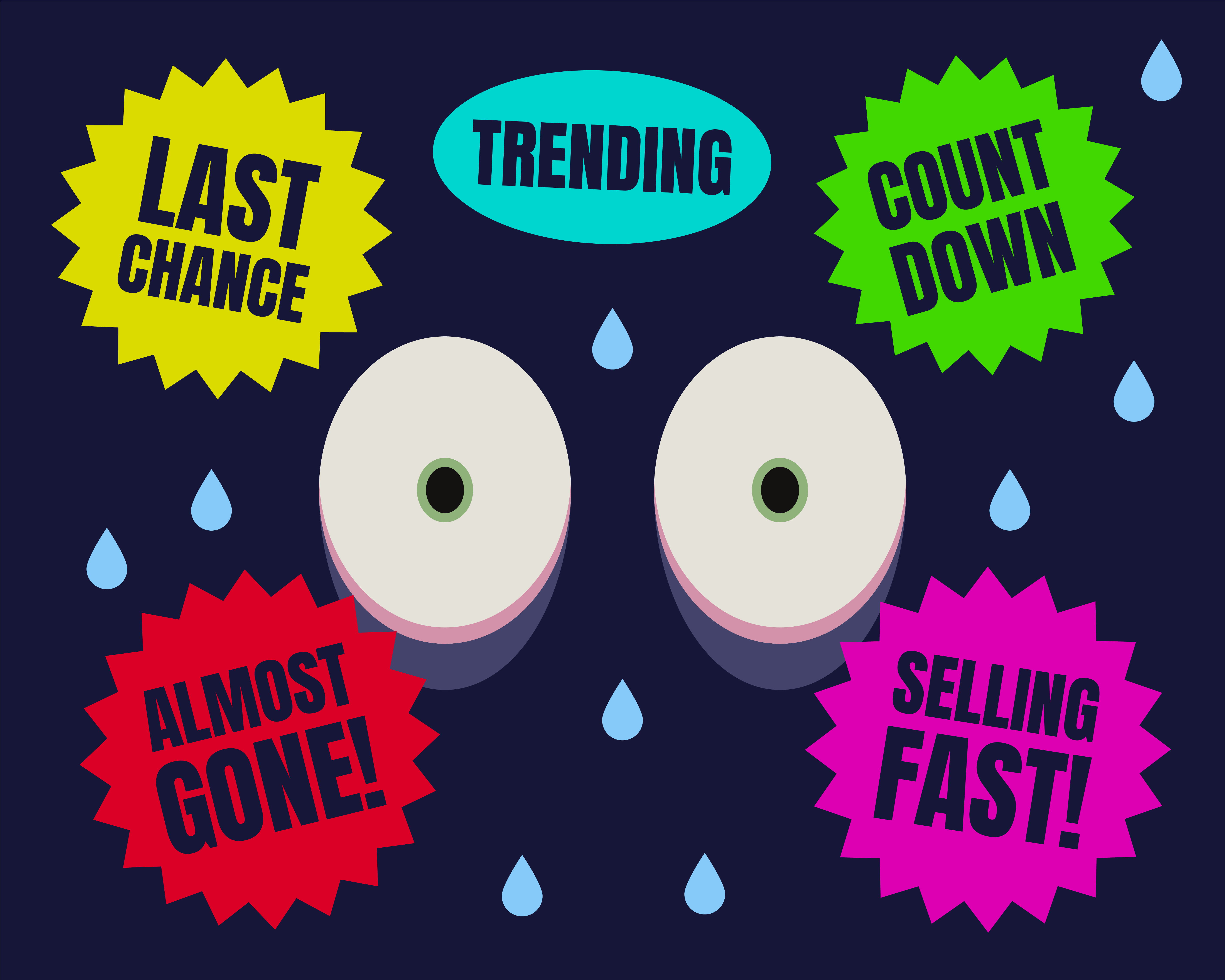
Will the new rules on Gender Stereotyping make us more creative?
A father and son are driving in a car and get into an accident. The father dies and the son is rushed into hospital. The surgeon sees the boy and says “I cannot operate, this is my son. Who’s the surgeon?” (answer at the end)
The term ‘gender stereotyping’ has been discussed quite often in our agency in the last few months. Even more so now that the ASA have ruled that they will be banning the depiction of gender stereotypes in advertising from 14th June. This ruling has made us think long and hard about how easy it can be to subconsciously stereotype, and how we, as an industry, need to think harder.
Most of all, I think the industry has realised why it’s so important not to gender stereotype in advertising. Ella Smillie, who led the gender stereotyping project for CAP, explains:
“The evidence we published last year showed that harmful gender stereotypes in ads contribute to how people see themselves and their role in society. They can hold some people back from fulfilling their potential, or from aspiring to certain jobs and industries, bringing costs for individuals and the economy.”
It really affects people. And it’s really bad for brands. New research released by Kantar shows that brands that promote gender-balanced marketing are worth £774bn more than their rivals. Why? Well many reasons, but as one example, two thirds of women responding to Kantar’s ‘What Women Want?’ Study say they skip adverts they feel are negatively stereotyping women.
Although advertising in the UK is more progressive in its portrayals than the global average, gender portrayals remain stereotyped. 68% of all ads in the UK and Europe show women as ‘likeable’ and/or ‘caring’. Only 4% include an ‘authoritative’ female character. Interestingly though, only 7% of ads depict an authoritative man; indicating that ads are not presenting positive role models for either gender.
Kantar reports that:
“almost all (99%) of UK ads for laundry products are targeted at women and 70% of ads for toiletries and food products are aimed at women. However, in most UK households both genders are equally involved in decision-making in most categories; when it comes to groceries 93% of women and 87% of men consider themselves a ‘main buyer’. This targeting approach results in lost opportunities to connect meaningfully with consumers.”
We’ve recently seen even large, long-standing brands get it terribly wrong. Clarks made the mistake of calling a brand of shoes for girls ‘Dolly Babe’ and the equivalent shoe for boys ‘Leader’. Boden has apologised for ads in its Mini Boden catalogue for stereotyping boys and girls. One shows a boy with a bike next to the words: "Boys start every adventure with a bike (or a pair of very fast legs)." On another ad, girls are encouraged to "fill your pockets (and wardrobes) with flowers".
Ultimately, the new rulings from the ASA are not designed to stop us from depicting reality in our advertising – a man can still do DIY and a woman can still clean the house, but context and presentation will play a critical role in determining whether an ad could be harmful or not. Therein lies a slightly grey area leaving room for subjectivity, but as always, time (and society) will tell what is working and what is not.
We shouldn’t think of the new ruling as another set of ‘rules’ for us to abide by, we should think of it as an opportunity to make ourselves more relevant to our audience. It’s going to force us to think harder about how we can challenge outdated and over-simplistic assumptions in our scripts, our photography and within our stories. This feels like it might lead to advertising that’s bold and progressive, which can only be more effective at driving change in our society and ROI for clients. After all, we already know that ads that break the mould tend to work better.
It opens up a freedom to focus on the important message in our advertising and get to what really matters. Speaking to consumers through creative testing research is going to be key to our understanding of what our audience expects and feels about advertising.
We know from our work with a number of clients that advertising is a powerful driver to changing perceptions and impacting social norms and behaviours. With this comes a responsibility to make sure we tackle stereotypes for an improved society – and if by doing this we can also improve clients’ relevance, and profitability, then this sounds like a pretty good ruling to me.
Answer to riddle: A significant percentage of respondents do not think that the surgeon might be the boy’s mother on account of unconscious gender bias.
Sources:
- https://uk.kantar.com/business/brands/2019/kantar-adreaction-2019-advertisers-believe-they%E2%80%99re-avoiding-gender-stereotypes-%E2%80%93-but-consumers-think-ads-are-still-out-of-touch/
- https://www.marketingweek.com/2018/11/21/brands-losing-out-failing-to-bridge-self-esteem-gap/
- https://www.prweek.com/article/1524761/boden-slammed-sexist-marketing




